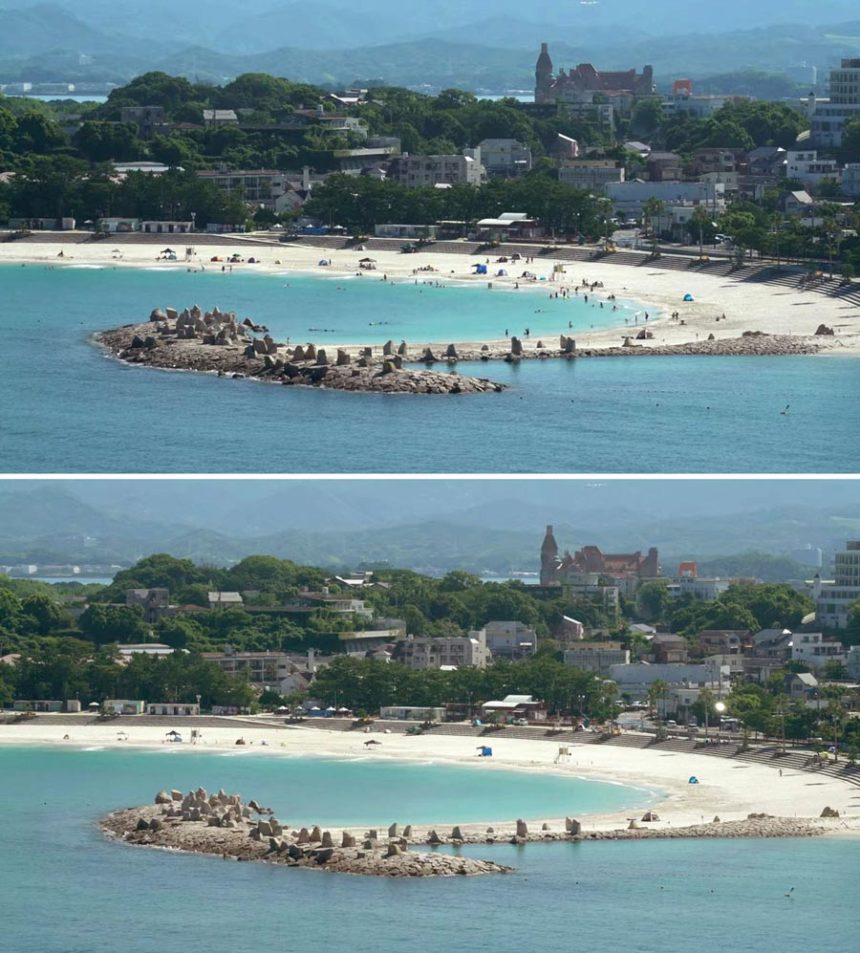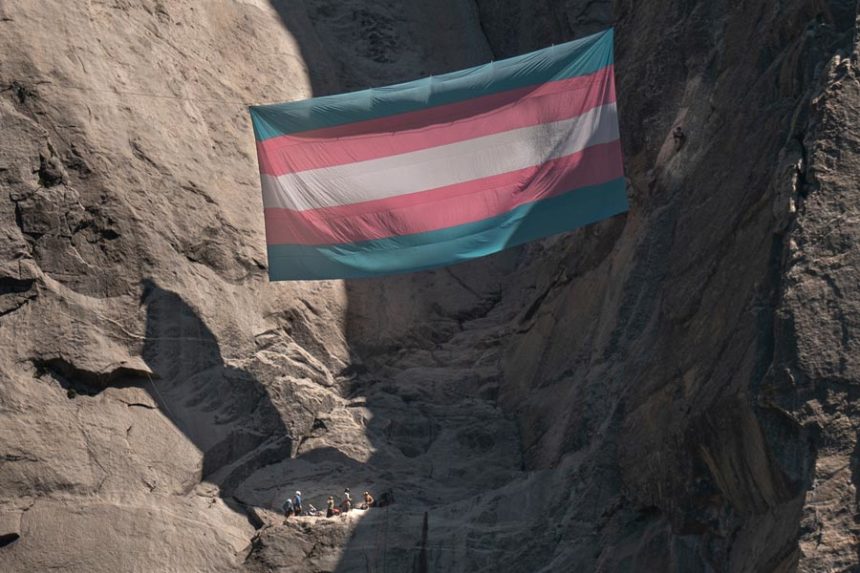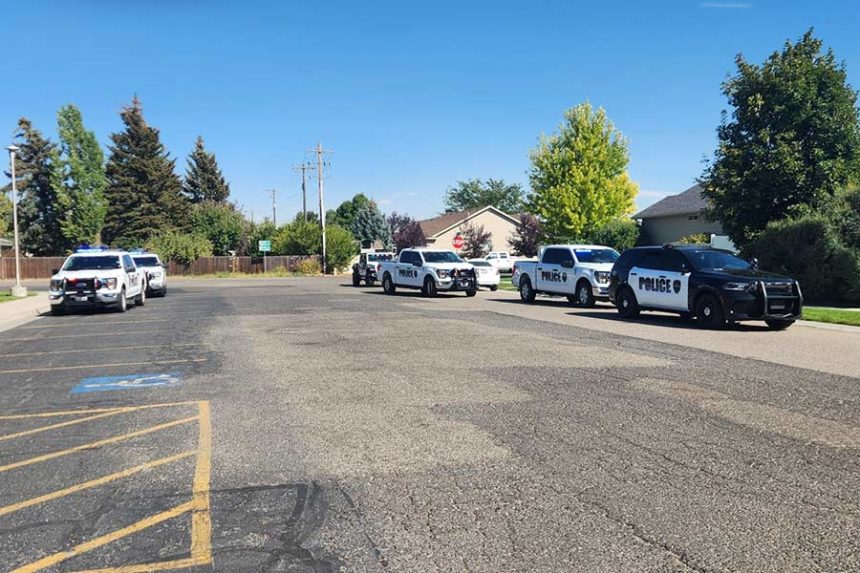Tokyo (AP) An 8.8-magnitude earthquake that triggered a tsunami in the northern Pacific region and prompted warnings for Alaska, Hawaii, and south toward New Zealand was one of the largest earthquakes in the world to strike Russia’s Far East early on Wednesday.
On Tuesday, Honolulu residents evacuated to higher ground as tsunami warning sirens sounded.
According to the Japan Meteorological Agency, Nemuro on Hokkaido’s eastern shore was hit by the first tsunami wave, which was around 30 centimeters (approximately 1 foot) high.
The Russian areas closest to the quake’s epicenter on the Kamchatka Peninsula reported damage and evacuations.
According to local governor Valery Limarenko, the first tsunami wave struck the coastal region of Severo-Kurilsk, the principal community on Russia’s Kuril Islands in the Pacific. According to him, locals were safe and remained on high ground until there was no longer any chance of a repeat wave.
According to the Pacific Tsunami Warning Center, certain coastal regions of Hawaii, Chile, Japan, and the Solomon Islands could experience waves that are one to three meters (yards) above tide level. In certain coastal regions of Ecuador and Russia, waves as high as three meters (yards) were possible.
According to the Pacific Tsunami Warning Center, the earthquake created a tsunami that might harm all of the Hawaiian islands’ coastlines.
According to the warning, immediate action is necessary to safeguard people and property. Around 7:00 p.m. local time on Tuesday, the first waves were predicted to arrive.
According to Japanese and American seismologists, the earthquake, which struck at 8:25 a.m. Japan time, had a preliminary magnitude of 8.0. The USGS stated that the earthquake happened at a depth of 20.7 kilometers (13 miles), and it subsequently revised its value to 8.8 magnitude.
Approximately 119 kilometers (74 miles) separated the earthquake from Petropavlovsk-Kamchatsky, a 180,000-person metropolis on the Kamchatka Peninsula in Russia.
According to the Russian news outlet Tass, residents of Petropavlovsk-Kamchatsky fled into the street without shoes or clothing. Mirrors were smashed, cars trembled on the street, cabinets fell out of houses, and building balconies rocked visibly. Tass also reported problems with cell phone service and power outages.
Additionally, Tass cited a local Russian official who stated that emergency services were operating at full capacity and that Sakhalin Island people were being evacuated.
The Alaska-based National Tsunami Warning Center issued a watch for areas of the West Coast, including California, Oregon, and Washington, as well as Hawaii, and a tsunami warning for parts of the Alaska Aleutian Islands.
A large portion of Alaska’s coast, including the panhandle, is also under the advisory.
Since the 9.0 magnitude earthquake off northeast Japan in March 2011 that triggered meltdowns at a Fukushima nuclear power facility and sent a major tsunami into the ocean, the earthquake seemed to be the strongest anywhere in the world. There have only ever been a couple more powerful earthquakes recorded worldwide.
Authorities in New Zealand warned of erratic surges and powerful, unexpected currents along the nation’s beaches. People should avoid the water, coastline regions, harbors, marinas, rivers, and estuaries, according to the government disaster management agency’s notice.
The South Pacific nation of New Zealand is almost 6,000 miles away from the epicenter.
Five strong earthquakes, the greatest of which had a magnitude of 7.4, occurred in the sea close to Kamchatka earlier in July. The biggest earthquake was located 144 kilometers (89 miles) east of Petropavlovsk-Kamchatsky and had a depth of 20 kilometers.
On November 4, 1952, a 9.0 magnitude earthquake in Kamchatka triggered 9.1-meter (30-foot) waves in Hawaii, causing damage but no fatalities.












